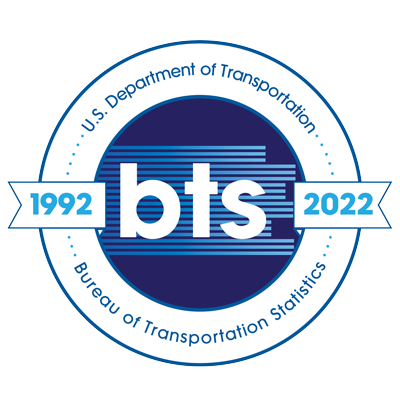Zoning & Housing Segregation in Denver: A Geospatial History
Topics:
Keywords: zoning, housing segregation, historical GIS, geospatial analysis
Abstract Type: Poster Abstract
Authors:
Amanda Rees, University of Colorado Denver
Sam Marshall, University of Colorado Denver
,
,
,
,
,
,
,
,
Abstract
Denver's first non-indigenous residents arrived from Georgia in 1858, searching for gold. They settled at the confluence and along the banks of the Platte River and Cherry Creek Valleys, on what is now Lower Downtown and the Auraria Campus. For nearly 70 years the city's population grew steadily, yet haphazardly, until 1925 when the first zoning ordinance was approved and implemented by Mayor Benjamin Stapleton and the city council. "For the purpose of promoting health, safety, morals, or the general welfare of the community", this assosciated land use map divided the city into four main land use categories: residential, commercial, business, and industrial. At the time of implementation, some residential communities were zoned as non-residential. For these Denver residents, the drawing of this map placed their communities into areas with high concentrations of commercial and industrial activity.
Where did this occur, and who lived in these places?
Is there a demographic pattern?
Denver then updated the zoning ordinance in 1956.
Where were zone change areas (ZCAs) and who lived in them? How did proximity to industry and density change?
Using a combination of census data, digitized zoning maps, and historical directories, government documents, and publications, we conducted geospatial analysis to understand the potential impacts that zoning has had on Denver's landscape and its population during the 20th century.
Zoning & Housing Segregation in Denver: A Geospatial History
Category
Poster Abstract








